When it comes to enhancing flavors in cooking, smoked salt is a versatile and authentic seasoning that has gained popularity among chefs and home cooks. Unlike artificial smoke flavorings, smoked salt provides a natural, smoky depth to dishes through a traditional smoking process. In this article, we'll explore what smoked salt is, how to use it, and why it's a valuable addition to your kitchen.
Table of Contents
- What Is Smoked Salt?
- How to Use Smoked Salt
- Benefits of Smoked Salt
- Buying Guide for Smoked Salt
- Recipes with Smoked Salt
- Frequently Asked Questions
- Conclusion
What Is Smoked Salt?
Smoked salt is a culinary seasoning created by exposing high-quality salt to wood smoke in a controlled environment. Unlike artificial smoke flavorings, it delivers an authentic, nuanced smokiness through a traditional smoking process. The salt absorbs the essence of the wood smoke without any wood particles remaining in the final product.
Common woods used include oak (for rich, earthy notes), hickory (for strong, bacon-like flavor), and applewood (for mild, sweet smokiness). This process typically occurs at low temperatures (below 90°F/32°C) to prevent melting while allowing the salt to absorb the smoky aroma and flavor.
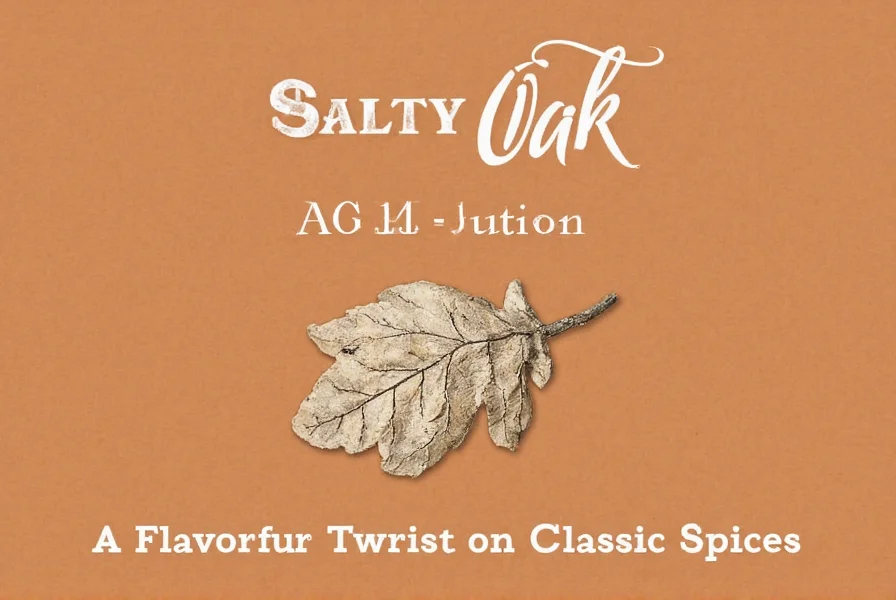
How to Use Smoked Salt
Smoked salt is incredibly versatile and can elevate both savory and sweet dishes. Here are practical ways to incorporate it into your cooking:
- Grilling and Barbecuing: Sprinkle on meats, vegetables, or fish before cooking to add depth without overpowering. It works especially well with chicken, steak, and salmon.
- Finishing Touch: Use as a finishing salt on roasted vegetables, soups, or even chocolate desserts. A pinch on avocado toast or popcorn creates an instant gourmet upgrade.
- Baking: Add to bread dough, cookie batter, or caramel for subtle smoky complexity. It pairs beautifully with sourdough and chocolate-based recipes.
- Cocktails and Beverages: Rim cocktail glasses for a smoky twist on margaritas or Old Fashioneds. It also enhances hot chocolate or coffee for a unique winter treat.
- Marinades and Rubs: Mix into spice blends for dry rubs or marinades. It complements paprika, garlic powder, and black pepper for savory dishes.
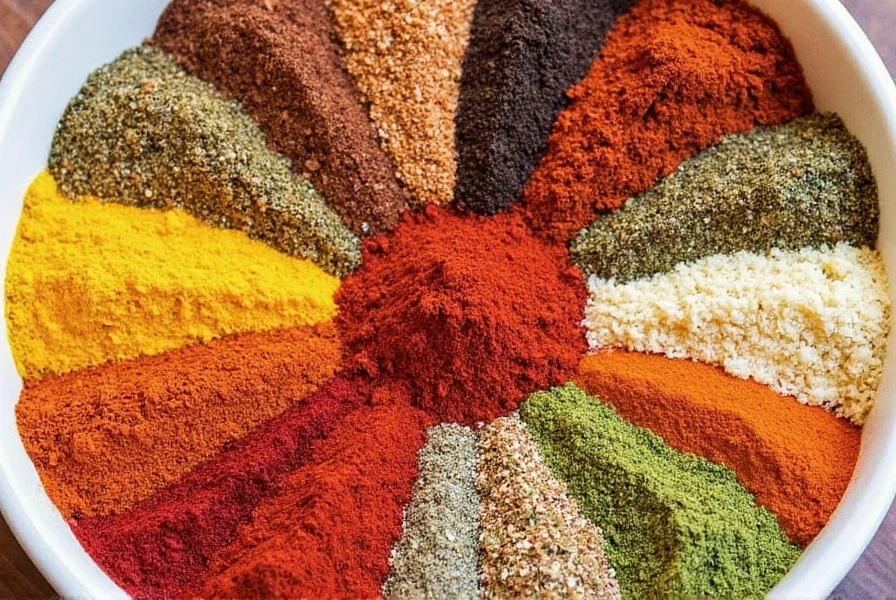
Benefits of Smoked Salt
Smoked salt offers several advantages over regular salt or artificial smoke flavorings:
- Natural Flavor Enhancement: Provides authentic smokiness without artificial additives, creating complex layers in dishes.
- Versatility: Works across cuisines—from American BBQ to Mediterranean dishes and even desserts.
- Healthier Alternative: Eliminates the need for liquid smoke (which often contains preservatives) while delivering genuine wood-fired flavor.
- Long Shelf Life: When stored properly, it maintains potency for over a year without losing quality.
- Chef-Approved: Used by professional chefs worldwide for its ability to elevate simple ingredients into gourmet experiences.
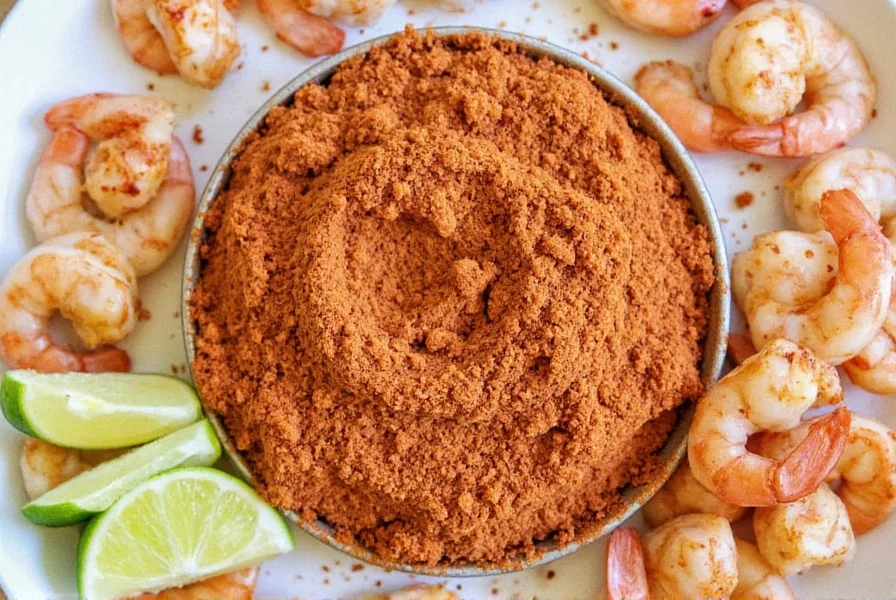
Buying Guide for Smoked Salt
When selecting smoked salt, consider these factors to ensure quality and authenticity:
| Product Name | Features | Advantages | Best Uses | Target Audience | Recommended Occasions |
|---|---|---|---|---|---|
| Oak Smoked Sea Salt | Handcrafted with Pacific sea salt and oak wood smoke | Balanced earthy flavor, fine texture | Grilling, roasting, and finishing dishes | Chefs, home cooks, grill enthusiasts | Barbecues, family dinners, holiday meals |
| Hickory Smoked Kosher Salt | Coarse crystals with hickory wood smoke infusion | Strong, bacon-like smokiness | Meat rubs, stews, and savory sauces | BBQ enthusiasts, professional chefs | Cookouts, tailgating, hearty winter dishes |
| Applewood Smoked Salt | Lightly smoked with applewood chips | Mild, sweet smokiness with delicate finish | Desserts, cocktails, and seafood | Gourmet cooks, mixologists, foodies | Cocktail parties, fine dining, sweet applications |
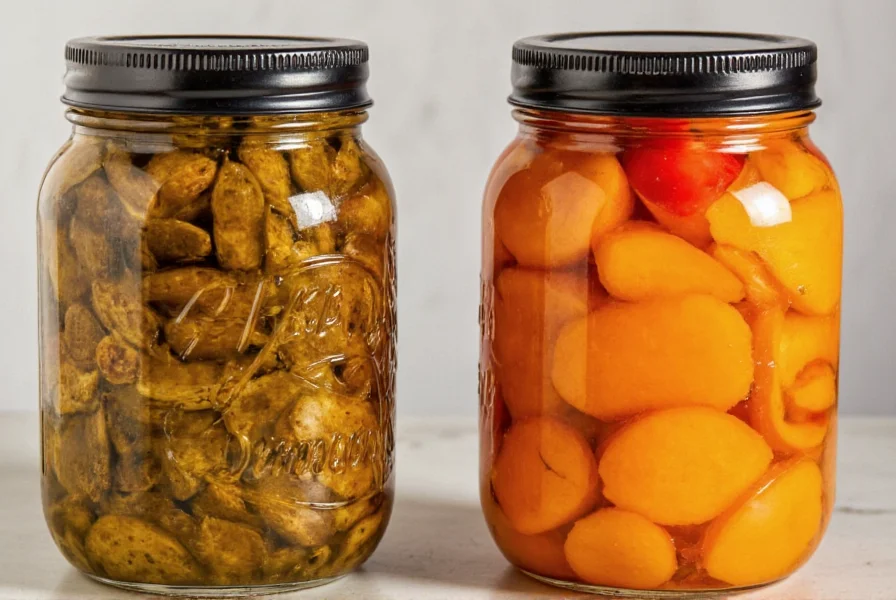
Recipes with Smoked Salt
Here are two simple recipes showcasing smoked salt's versatility:
1. Smoked Salt Grilled Chicken
Ingredients:
- 4 bone-in chicken thighs
- 2 tbsp olive oil
- 1 tbsp smoked salt (hickory or oak variety)
- 1 tsp garlic powder
- 1 tsp paprika
- Black pepper to taste
Instructions:
- Preheat grill to medium-high heat (375°F/190°C).
- In a bowl, combine olive oil, smoked salt, garlic powder, paprika, and black pepper.
- Massage the mixture onto chicken thighs and marinate for 30 minutes.
- Grill for 6-8 minutes per side until internal temperature reaches 165°F (74°C).
- Let rest for 5 minutes before serving.

2. Smoked Salt Baked Apples
Ingredients:
- 4 medium apples (Honeycrisp or Granny Smith)
- 2 tbsp brown sugar
- 1 tsp smoked salt (applewood variety)
- 1 tsp cinnamon
- 1 tbsp butter
- Optional: 1/4 tsp nutmeg
Instructions:
- Preheat oven to 375°F (190°C).
- Core apples and place in a baking dish.
- Mix brown sugar, smoked salt, cinnamon, and nutmeg (if using).
- Fill apple cavities with the mixture and dot with butter.
- Bake for 25-30 minutes until tender and golden.
- Serve warm with vanilla ice cream.
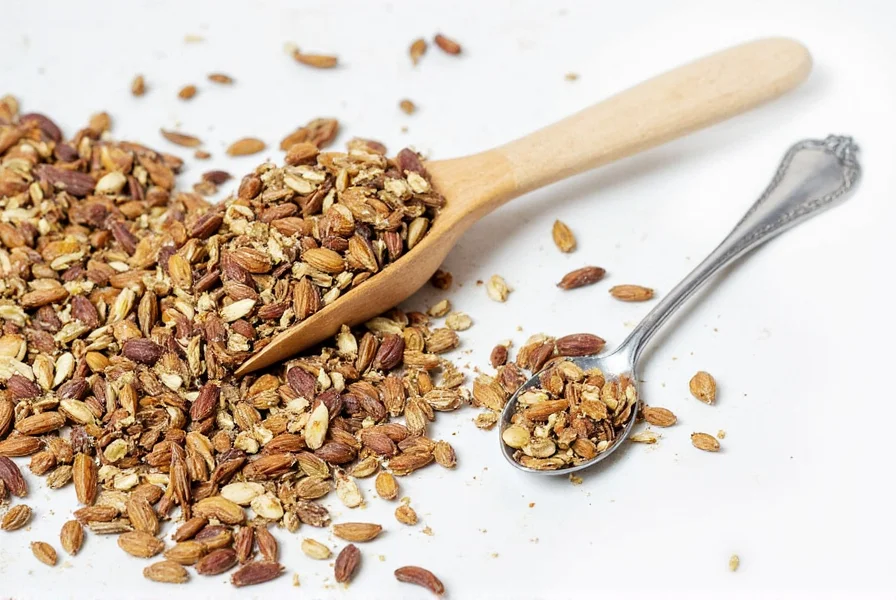
Frequently Asked Questions
What is smoked salt made of?
Smoked salt is made by exposing high-quality sea salt or kosher salt to wood smoke in a controlled environment. The salt absorbs the smoky essence without any wood particles. Common woods used include oak, hickory, and applewood, each imparting distinct flavor profiles.
Is smoked salt safe to eat?
Yes, smoked salt is completely safe for culinary use. It undergoes strict food safety processes where salt is exposed to cold smoke (below 90°F/32°C) to prevent melting. No wood particles remain in the final product, and it meets all food-grade safety standards.
How much smoked salt should I use in recipes?
Start with 1/4 to 1/2 teaspoon per serving, as smoked salt is potent. Since it's still salt, reduce other salt additions in your recipe. Taste as you go—smoked salt enhances flavors without overpowering dishes when used moderately.
Can I make smoked salt at home?
Yes, but it requires specialized equipment. You'll need a cold smoker (maintaining temperatures below 90°F/32°C) and food-safe wood chips. Place salt in a shallow tray and smoke for 2-4 hours. For safety, never use hot smoking methods as this can melt the salt. Alternatively, purchase professionally made smoked salt for consistent quality.
What's the difference between smoked salt and regular salt?
Regular salt enhances flavor but lacks smokiness. Smoked salt provides a complex, natural smoky flavor through wood smoke exposure. It contains no wood particles (unlike oak chips), making it safe for direct consumption and ideal for finishing dishes.
How should I store smoked salt?
Store in an airtight container away from light, heat, and moisture. Properly stored, it retains flavor for 12-18 months. Avoid refrigeration, as condensation can cause clumping.
Conclusion
Smoked salt is a versatile, authentic seasoning that elevates dishes with natural smokiness without artificial additives. Whether you're grilling, baking, or crafting cocktails, it adds depth and complexity to both savory and sweet creations. By understanding its uses and selecting quality products, you can transform everyday meals into gourmet experiences. Try smoked salt in your next recipe—your taste buds will thank you.
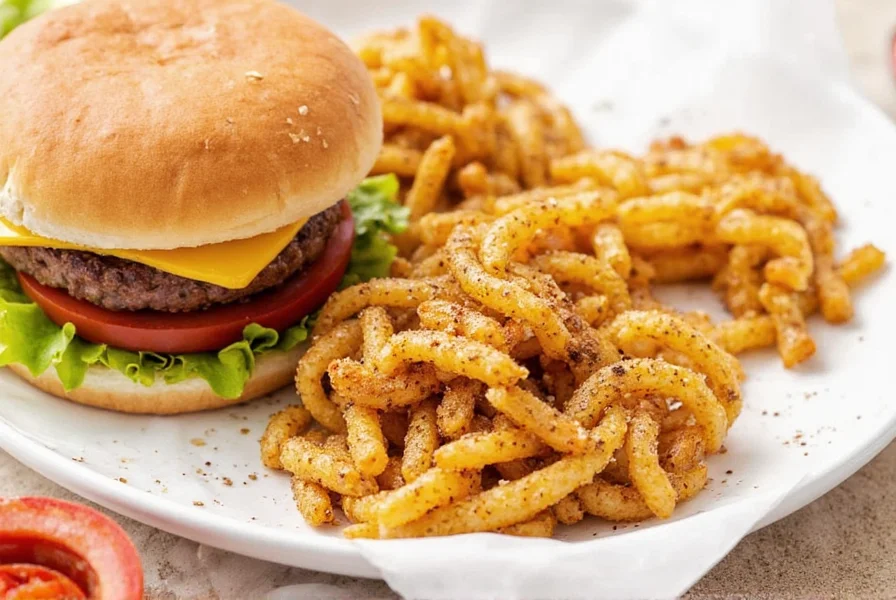

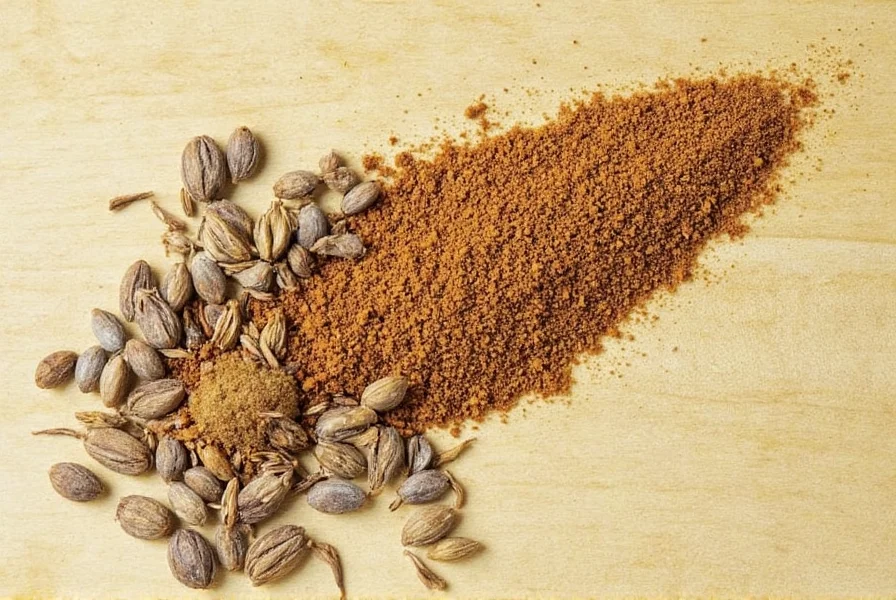









 浙公网安备
33010002000092号
浙公网安备
33010002000092号 浙B2-20120091-4
浙B2-20120091-4